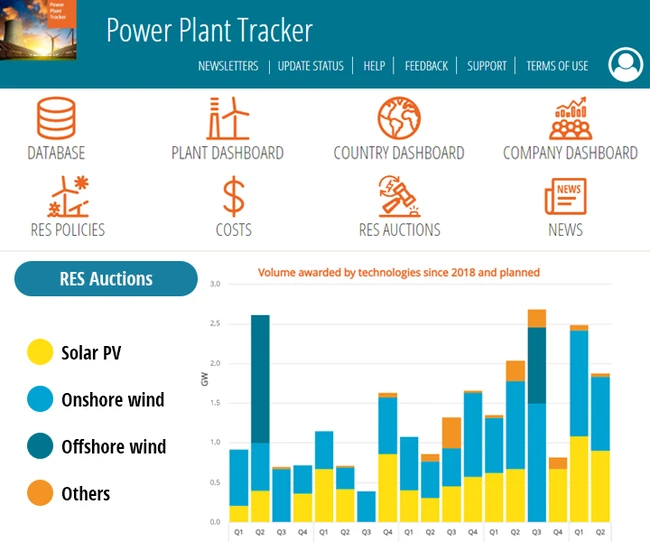The Taiwanese governmental watchdog Control Yuan (CY) has outlined a report in which it points out several shortcomings in the governmental offshore wind development strategy. It claims the government has made mistakes in rolling out the domestic offshore wind policy and criticizes its approach to selecting projects in auctions, saying that the local supply chain is not ready yet to meet the requirements of the current offshore wind development plans.
Besides, it estimates that the current feed-in-tariff (FiT) rate of NTD5.85/kWh (US$19c/kWh) for projects that sign their PPAs by the end of 2018 is too high and does not take into account the global decreasing levelised cost of electricity (LCOE) made possible by technological advances and economies of scale. It recommends lowering the FiT rate even further for 2019. The Ministry of Economic Affairs argued against this statement, saying that the FiT rate is slightly above the UK rate and below the Japanese one. For projects that sign PPAs in 2019, the Ministry proposed FiTs of NTD5.1/kWh (US$16.6c/kWh).
The proposal to decrease the rates has been met with resistance from the project developers such as Ørsted, which estimate that it could potentially have a negative impact on the final investment decision (FID) for the first Changhua projects. The government then decided to hold public hearings on the proposed 2019 FiTs by the end of 2018 before making the final decision. The new FiT rate is slated to be issued by February 2019.
Taiwan aims to develop 5,500 MW of offshore wind capacity by 2025, most of which will be contributed by the Changhua projects (2,400 MW in total), currently slated for commissioning between 2021 and 2025. Ørsted has secured rights to develop the first 1,820 MW in auctions held in April and June 2018 and has to sign the power purchase agreement (PPA) with state-run utility Taipower before the end of 2019.

Do you want to become an expert on renewable energies auctions?
Discover our very detailed and regularly updated RES auctions database with worldwide coverage and a technical focus backed by academic research.
With our renewable energies auctions service you will be able to monitor auctions at a global level. Its (expanding) scope notably includes all major G20 countries and offers an especially fine tracking on Europe and South America.
 Energy and Climate Databases
Energy and Climate Databases Market Analysis
Market Analysis